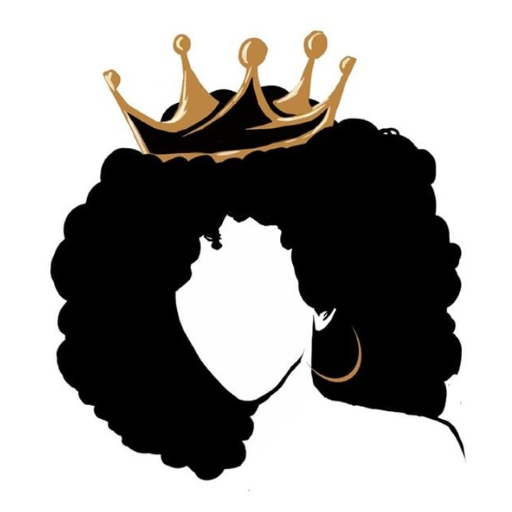As DIY beauty trends continue to go viral, one surprising kitchen staple has entered the natural hair care chat: cornstarch.
Touted by some as a miracle for oil control and frizz reduction, cornstarch has gained traction among those seeking affordable, natural alternatives to commercial hair products.
But is it really safe, or smart, to use on your curls and coils?
What cornstarch is and why people use it
Cornstarch is a fine, white powder derived from corn that’s often used in cooking as a thickener. In beauty, it’s praised for its ability to absorb oil and reduce shine, much like dry shampoo. Some naturalistas also use it as a styling ingredient to stretch hair, tame frizz, or give definition to styles like twist-outs.
The potential benefits
• Oil absorption: Cornstarch can soak up excess oil from the scalp and strands, making it a potential alternative to dry shampoo for those with oily roots.
• Texture control: When mixed with water or aloe vera gel, cornstarch may act as a lightweight styling aid to tame frizz or smooth edges.
• Affordability: It’s budget-friendly and easy to find in most households.But here’s the catch
Using cornstarch on natural hair isn’t without risks. Its fine texture may clog hair follicles if left on the scalp too long, potentially leading to scalp irritation or even fungal growth in humid conditions. It also doesn’t rinse out as easily as other natural powders, which can result in buildup over time, especially for low-porosity hair types.
Best practices for safe use
• Use sparingly, focusing on oily areas rather than your entire scalp or length.
• Mix with water or aloe vera gel to help it apply more evenly and reduce flaking.
• Avoid daily use and make sure to clarify your hair regularly to remove any residue.
• Patch test before applying all over, especially if you have sensitive skin.Conclusion
Cornstarch can be a useful DIY option for temporary oil control or styling, but it’s not a long-term substitute for a healthy hair care routine. Use with caution, follow up with proper cleansing, and listen to your hair, it’ll tell you what it needs.





